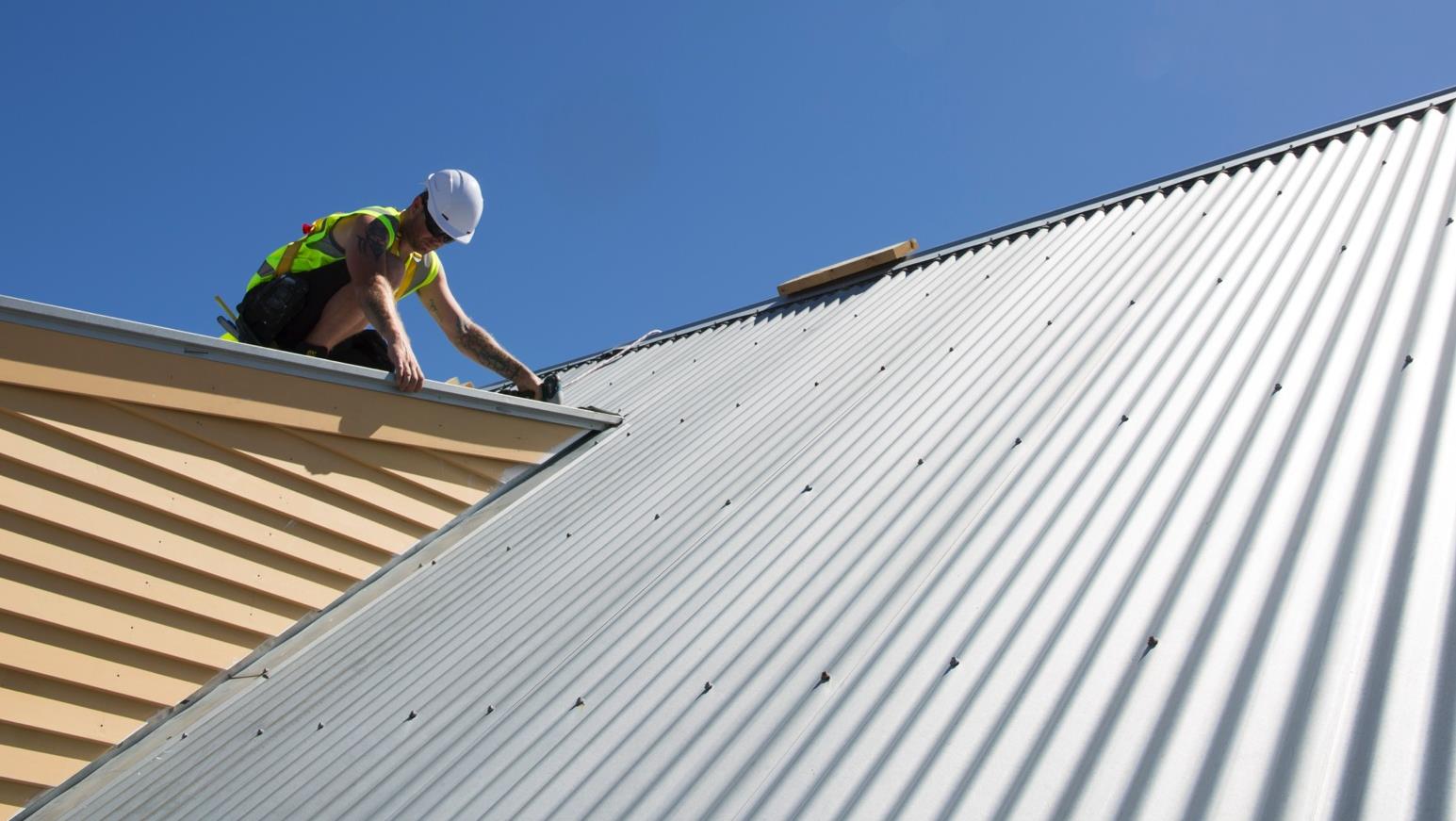

MBIE-BRANZ Workshop
Airtightness, ventilation and interstitial moisture
RELEASED UNDER THE OFFICIAL INFORMATION ACT 1982


Airtightness v Infiltration?
Common language needed
Not directly comparable
Simple models exist, but how right are they?
First, some definitions:
RELEASED UNDER THE OFFICIAL INFORMATION ACT 1982

Airtightness, definition
• Airtightness – an indirect measurement of the
collective size of gaps and holes in the building
fabric that have a path to outside (blower door
test)
• Assumes the flow through these holes follows a
power law (reasonable at test pressures)
• Can’t identify looping paths (more on that later –
in risks)
• Is NOT linear with pressure difference
RELEASED UNDER THE OFFICIAL INFORMATION ACT 1982


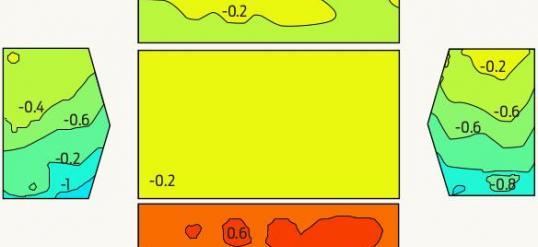
Infiltration
• Actual air leakage through the shell in service
• Driven by wind and stack effect
• Only approximates a power law if leakage openings are
evenly distributed
• Not always the case when we build more airtight
RELEASED UNDER THE OFFICIAL INFORMATION ACT 1982

Approximating infiltration from airtightness?
• /20 ‘rule of thumb’
• EN832 (Phi use this, it is effectively /14.3 with an
exposure modification) – removed from EN13790
in 2008, which is why EN832 is referenced now
• LBNL model, AIM model
RELEASED UNDER THE OFFICIAL INFORMATION ACT 1982

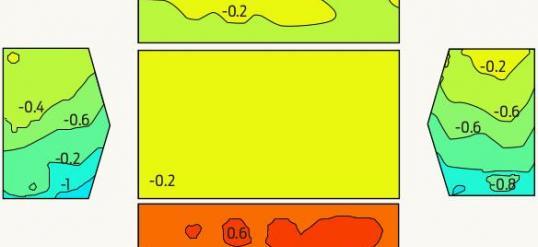
Other methods?
• Hourly tools like Contam – which need pressure
coefficient maps among other data
• Direct measurement – tracer gas techniques
RELEASED UNDER THE OFFICIAL INFORMATION ACT 1982

Some real world examples
• Co-heating work
• Stable internal temperatures maintained for
~2weeks+ (30 degrees, with some solar gain
during the day)
• Infiltration measured throughout
• Airtightness tested as well
• Power use measured – direct measurement of
whole of building heat loss coefficient
RELEASED UNDER THE OFFICIAL INFORMATION ACT 1982

House 1: Single level standalone
Airtightness
12.1 ACH@50Pa
Infiltration via /20
0.61 ACH
Infiltration via EN832
0.85 ACH
Measured via tracer gas
0.18 ACH
RELEASED UNDER THE OFFICIAL INFORMATION ACT 1982

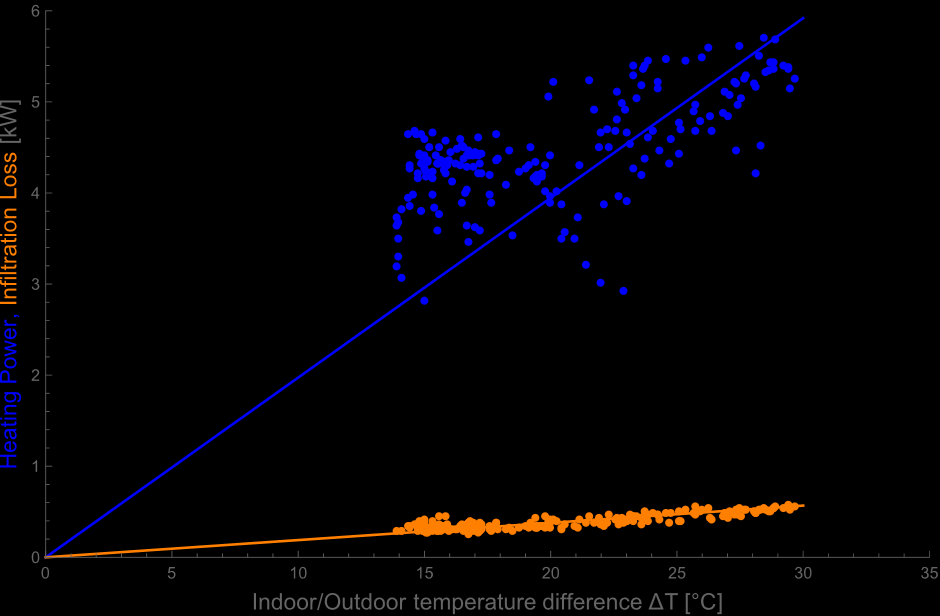
House 2: 2 Level duplex
Airtightness
8.7 ACH@50Pa
Infiltration via /20
0.435 ACH
Infiltration via EN832
0.609 ACH
Measured via tracer gas
~0.24 ACH
RELEASED UNDER THE OFFICIAL INFORMATION ACT 1982

House 3: Single level standalone
Airtightness
9.4 ACH@50Pa
Infiltration via /20
0.47 ACH
Infiltration via EN832
0.66 ACH
Measured via tracer gas
~0.3 ACH
RELEASED UNDER THE OFFICIAL INFORMATION ACT 1982

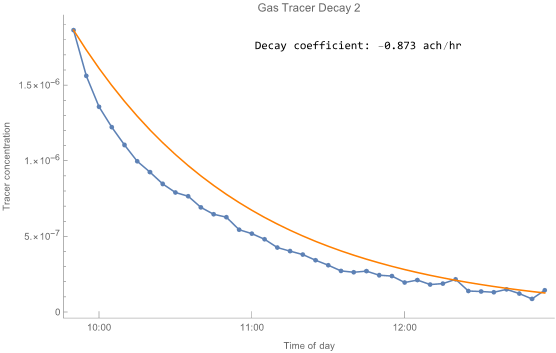
House 4: Single level duplex
Airtightness
22.3 ACH@50Pa
Infiltration via /20
1.12 ACH
Infiltration via EN832
1.56 ACH
Measured via tracer gas
~0.9 ACH
RELEASED UNDER THE OFFICIAL INFORMATION ACT 1982

The trend with this building
0.5
0.45
Average Infiltration of BRANZ test building
0.4
R)
/20 'Rule of thumb'
0.35
S/HOUE
0.3
CHANG
0.25
0.2
ON (AIR
TI
TRA
0.15
L
NFII
0.1
GE
ERA
V
0.05
A
0
0
1
2
3
4
5
6
7
8
9
10
AIRTIGHTNESS (N50, ACH@50PA)
RELEASED UNDER THE OFFICIAL INFORMATION ACT 1982

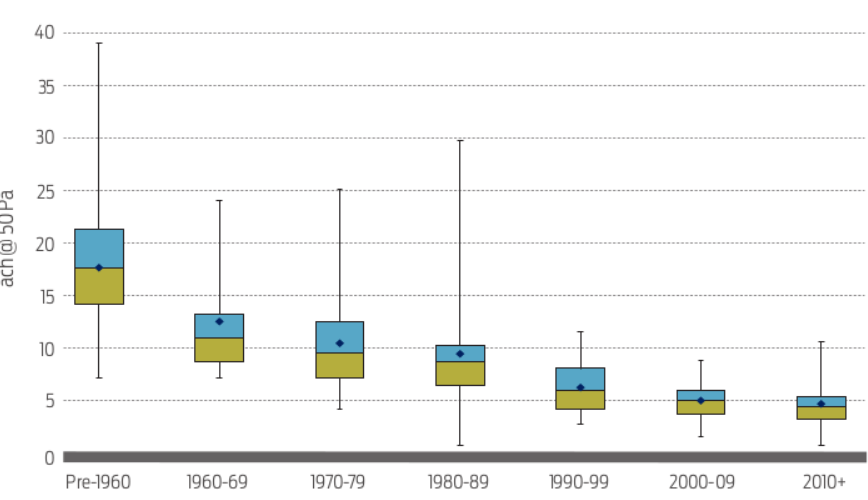
Setting an airtightness target?
• No doubt seen the BRANZ recommendation for
3ach@50Pa, but why?
RELEASED UNDER THE OFFICIAL INFORMATION ACT 1982


s 9(2)(b)(ii)
RELEASED UNDER THE OFFICIAL INFORMATION ACT 1982

s 9(2)(b)(ii)
RELEASED UNDER THE OFFICIAL INFORMATION ACT 1982


s 9(2)(b)(ii)
RELEASED UNDER THE OFFICIAL INFORMATION ACT 1982

Setting an airtightness target – what else?
• Do we take the chance to switch to a permeability
metric – m3/m2 of envelope? Inline with AU and UK
• It removes ability to ‘cheat’ the system with larger
buildings
• Allows us to take a durability approach, with a
reasonably conservative reference pressure (2-4 Pa),
and a hygrothermal modelling/measurement campaign
• Airtightness then becomes about interstitial moisture
risk
RELEASED UNDER THE OFFICIAL INFORMATION ACT 1982

Ventilation
• We are already in need of mechanical options that
are affordable – 1668.2 precludes some viable
extract solutions for residential
• Should make it clear 1668.2 for commercial
applications
• MVHR is the ‘gold standard’ however current cold
roof design limits efficiency
• Other losses are far greater than ventilation at the
current point in time
• Poor ventilation a major risk factor for interstitial
moisture
RELEASED UNDER THE OFFICIAL INFORMATION ACT 1982

Interstitial moisture
• Not simply a question about diffusion only
• Where the predominant layer supporting the airtightness
is located compared to the insulation is critical
• Building with ‘enough’ vapour resistance to reduce chance
of accumulation, that is also ‘low enough’ to allow drying
• WUFI modelling by proficient operators – education
paramount. Many in the market now are not experienced
enough.
• Councils lack the expertise to assess as well
RELEASED UNDER THE OFFICIAL INFORMATION ACT 1982




Mould growth risk
s 9(2)(b)(ii)
The key performance indicator chosen for
this analysis is the VTT mould index at the
critical point in each assembly.
The critical point is that location in the wall
s 9(2)(b)(ii)
where the mould index is highest i.e. most
likely to lead to mould growth.
The VTT mould index model is a 6-point scale indicating the
severity of mould growth. Using the VTT mould index, an
index of 3 (corresponding to visible mould growth) is usually
used as the threshold between a “pass” and a “fail”.
RELEASED UNDER THE OFFICIAL INFORMATION ACT 1982


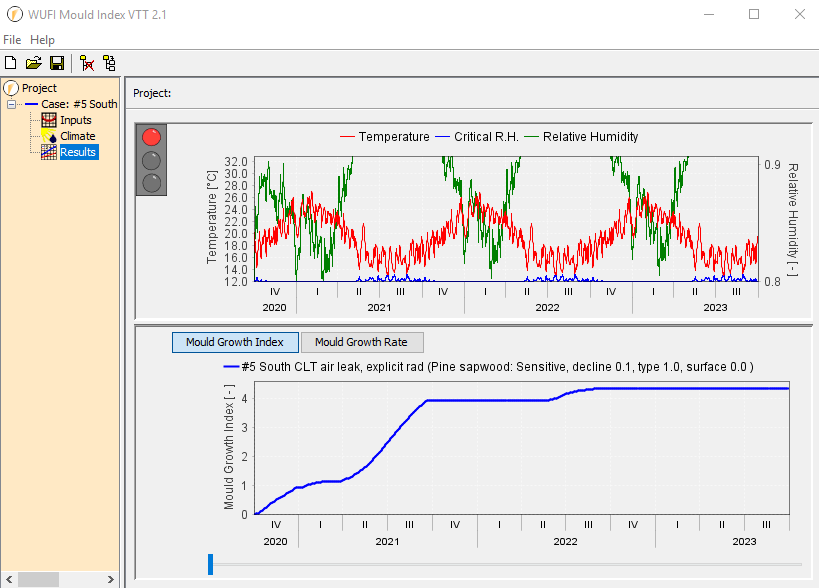
Air leak failure mode
• Standard modelling tests vapour diffusion only.
• Important to test failure modes
RELEASED UNDER THE OFFICIAL INFORMATION ACT 1982

Interstitial moisture – possible pathways forward
• Create a library of low risk build ups and
methodologies that give industry some flexibility
• Articulate the critical aspects of these with
education campaign
• Provide a catalogue of ‘bad practice’ for
councils
• Guideline for how to assess hygrothermal
models
RELEASED UNDER THE OFFICIAL INFORMATION ACT 1982

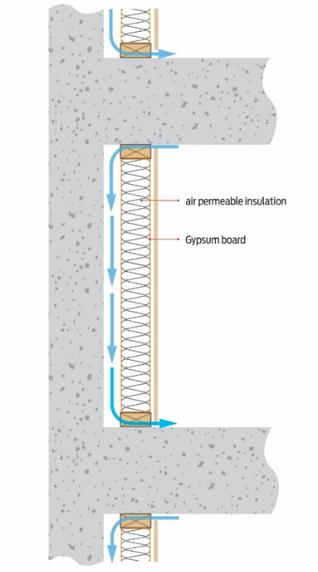
Interstitial moisture – riskfactors
• Looping air leaks to airtightness layer –
particularly risky where insulation is inside
of this layer
• Can’t verify even with a blower door – no
exit path
• % split of Rvalue between external and
internal a workaround
• This is less of an issue in traditional
construction – cladding is relatively loose
from the air perspective – hgher drying
potential
• Mould in concrete, possible structural
issues with CLT etc
RELEASED UNDER THE OFFICIAL INFORMATION ACT 1982

Interstitial moisture – riskfactors
• Inappropriate permeability products – foils or
other ‘barriers’ – unless specific design (ie high
moisture load)
• Partial thermal bridges – from outside to part way
through wall, or converse from inside. Aggravated
thermal bridge
• Current timber % is moderating risk slightly inside
the wall, but decreasing internal surface temps
(s 9(2)(a)
Phd)
RELEASED UNDER THE OFFICIAL INFORMATION ACT 1982


Interstitial moisture – riskfactors
• Mixing insulation types – significant change in
permeability and/or conductivity at interface
• Plywood as a bracing layer mid wall actually a
mitigation strategy – becomes an ‘SVR’ (analogous
to newtons cradle)
RELEASED UNDER THE OFFICIAL INFORMATION ACT 1982









































